Kobe team develops method for highly efficient hydrogen production using sunlight, water and hematite
Green Car Congress
MAY 11, 2020
A research group led by Associate Professor Takashi Tachikawa of Kobe University’s Molecular Photoscience Research Center has developed a strategy that greatly increases the amount of hydrogen produced from sunlight and water using hematite (??Fe Mesocrystal photoanode formation and photochemical water splitting characteristics.








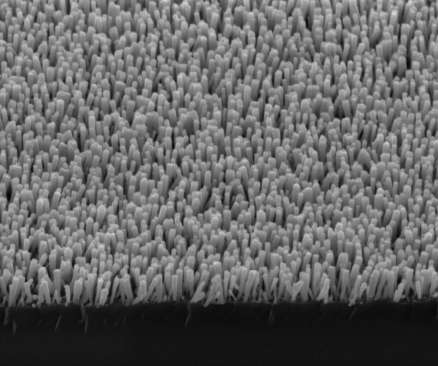


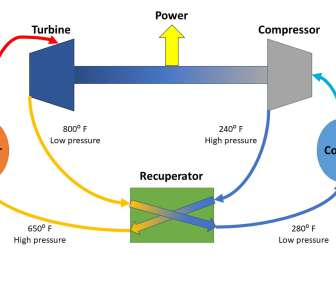














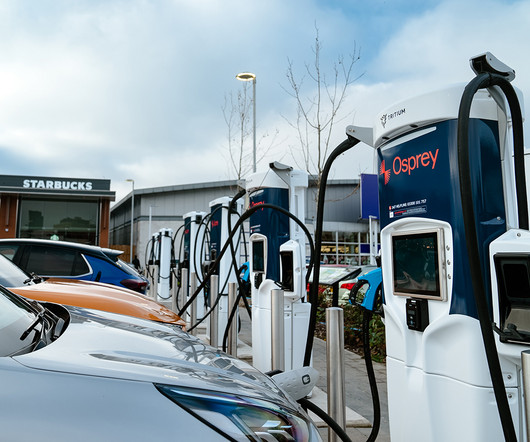

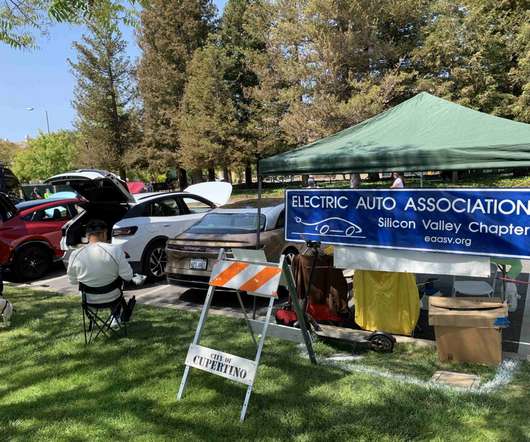





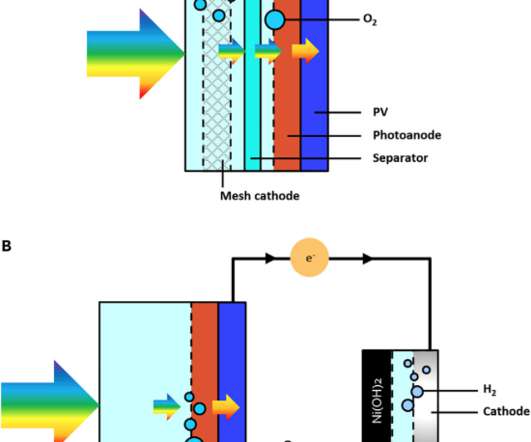







Let's personalize your content